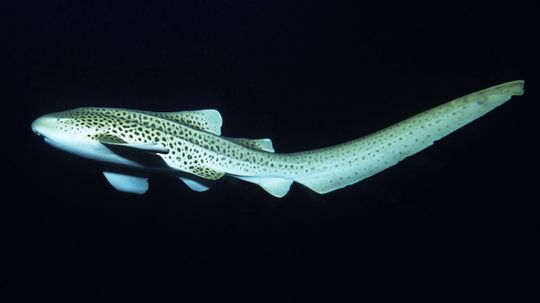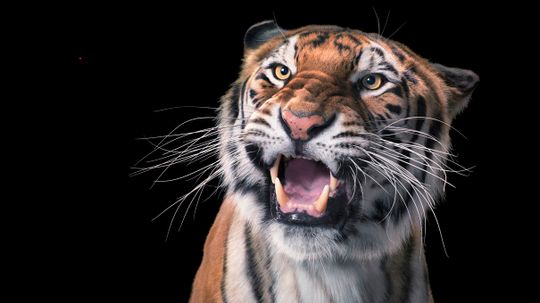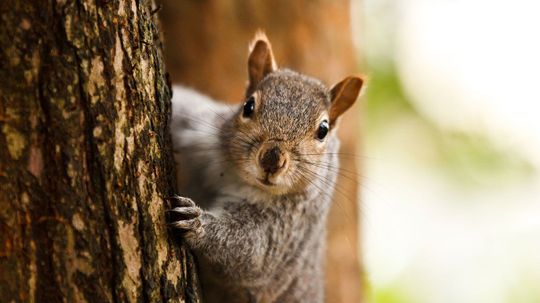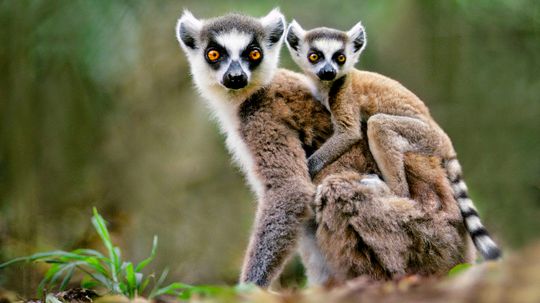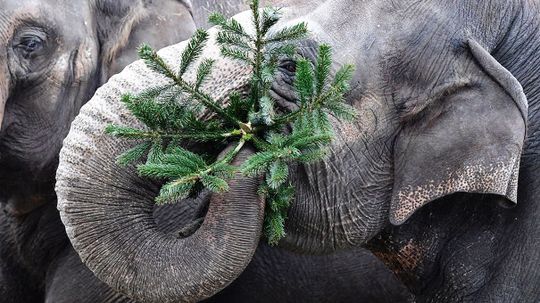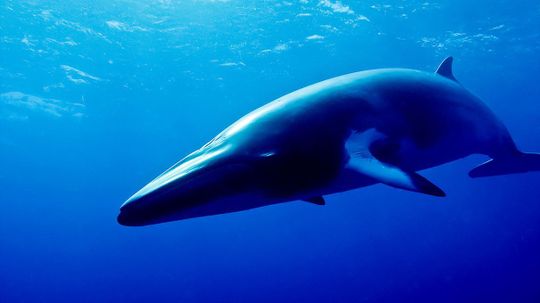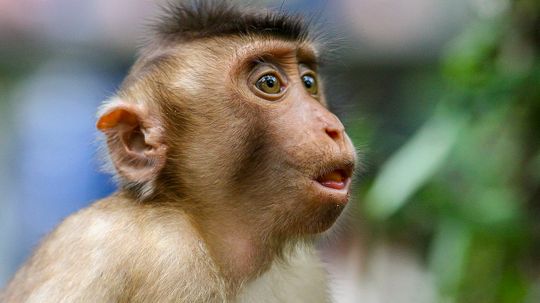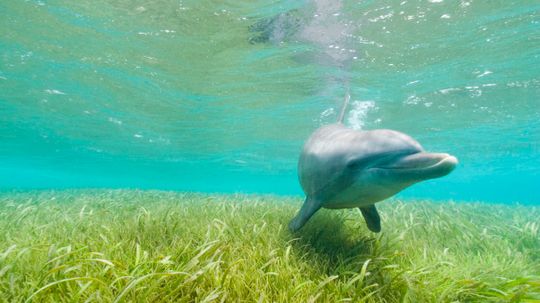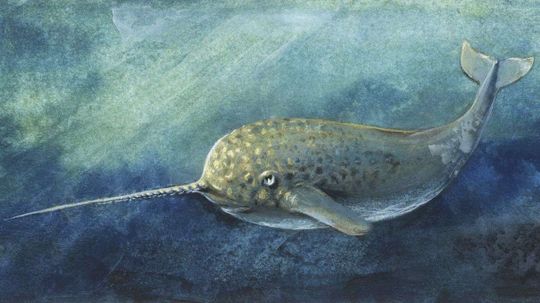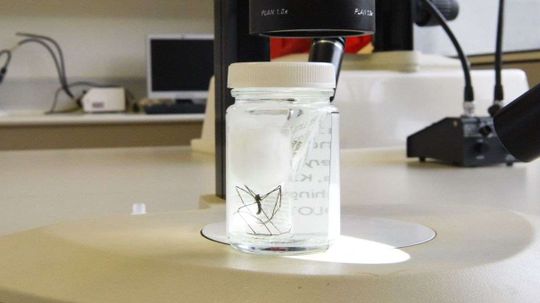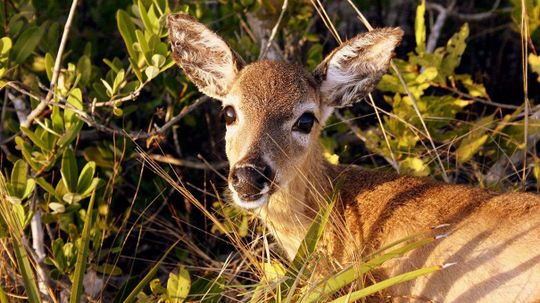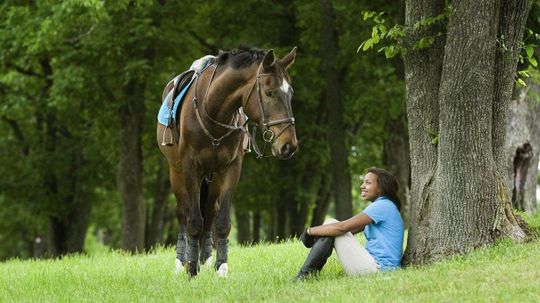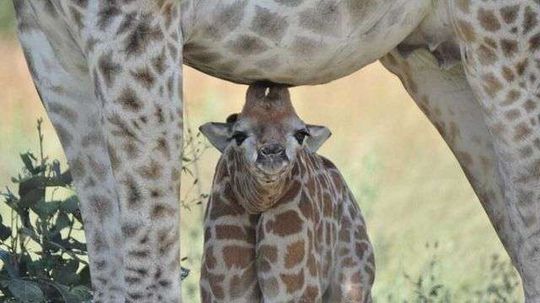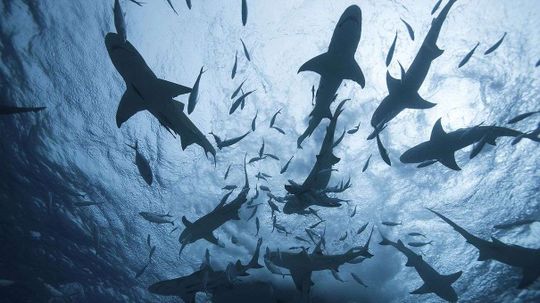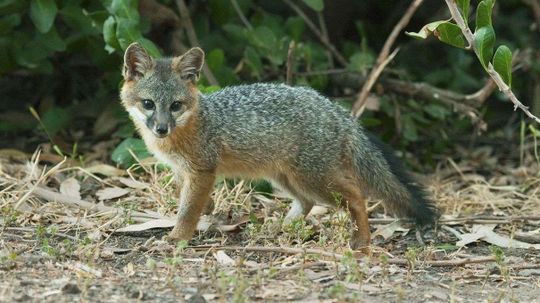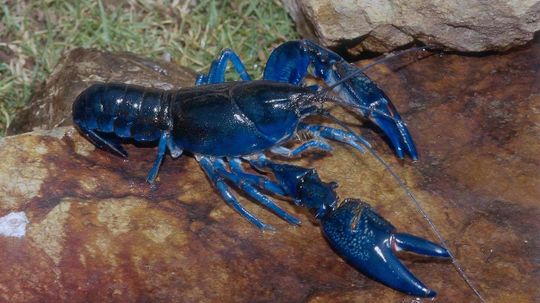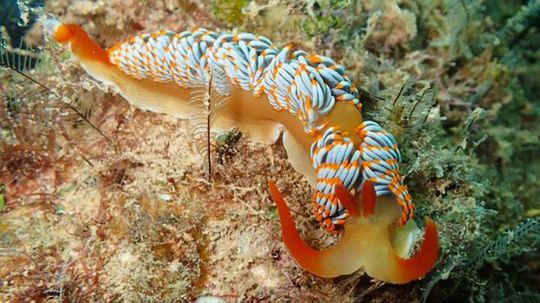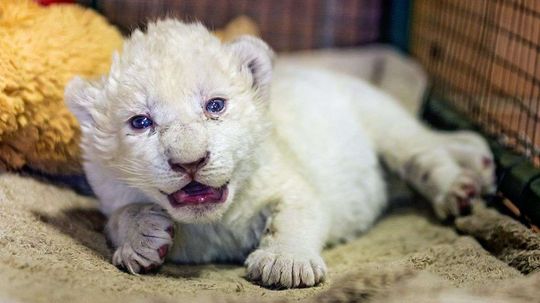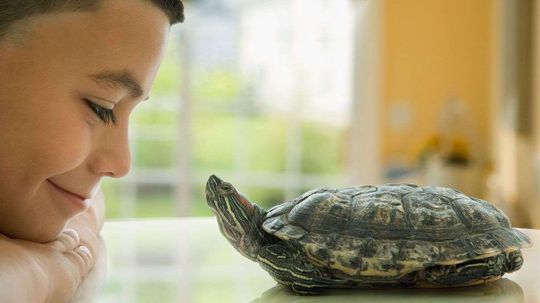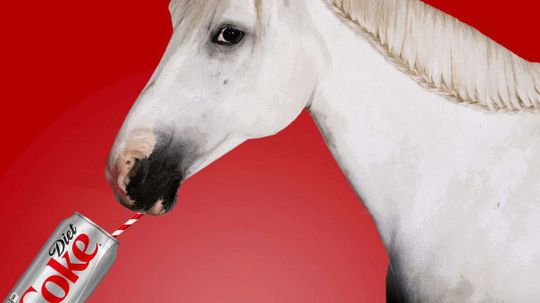Wild Animals
Whether they crawl, fly, swim, slither, walk, run or pounce, wild animals rely on their instincts. Read about all kinds of wild animals, mammals, birds, fish, insects, reptiles and amphibians.
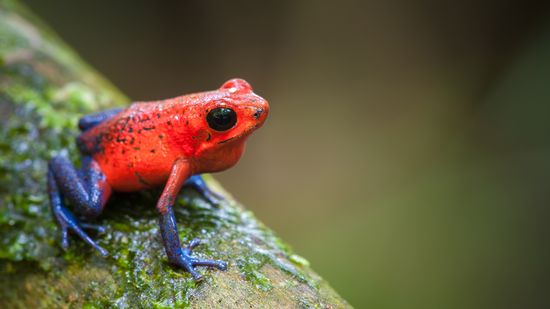
12 Colorful Frog Species: From Tie-dyed Designs to Rare Hues
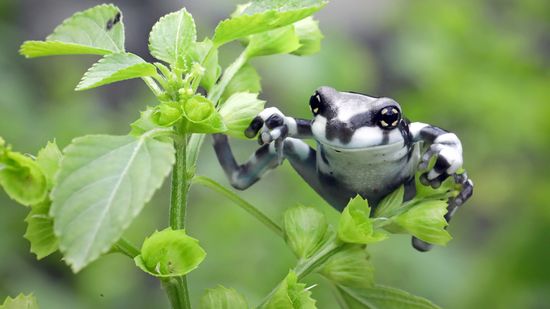
Amazon Milk Frog: Named for Its Defense, Not Its Color
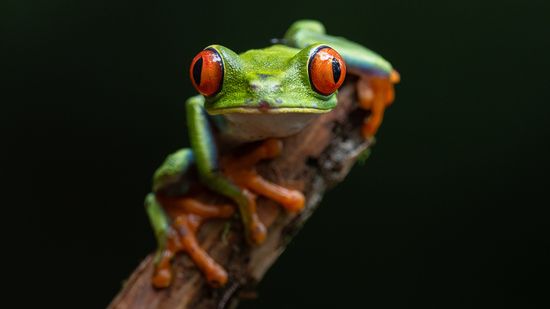
The Red-eyed Tree Frog Has Extremely Sensitive Skin
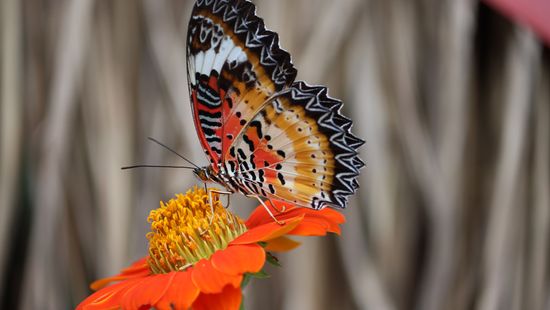
10 Red Butterfly Species Found From India to Florida to Europe
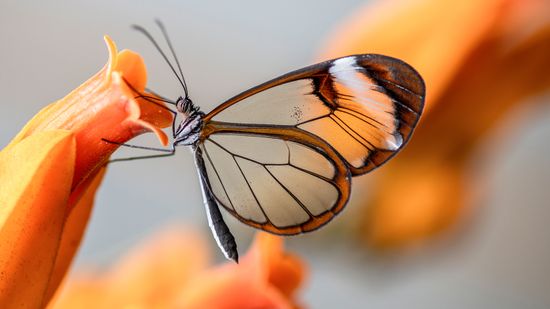
How the Glasswing Butterfly Flutters (Almost) Invisibly
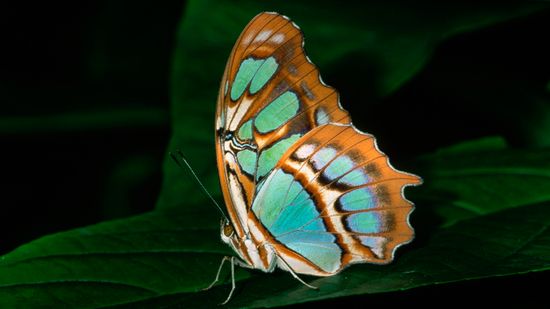
6 Green Butterfly Species Blending in With Their Environments
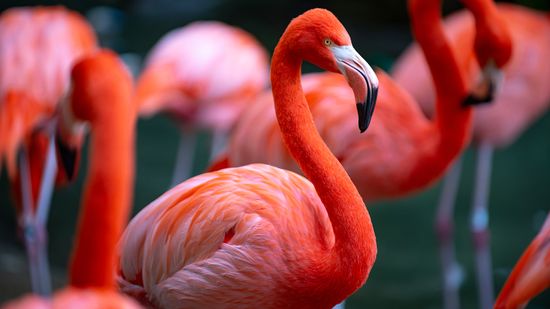
What Is a Group of Flamingos Called? Not a Flock, Another 'F' Word
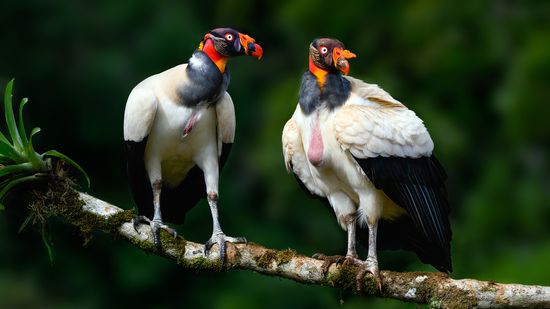
7 Ugliest Bird Species: Evolutionary Qualities That Aren't So Pretty
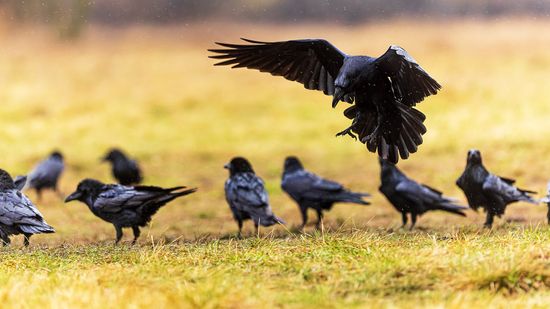
What's a Group of Ravens Called? Not a Murder (That's Crows)
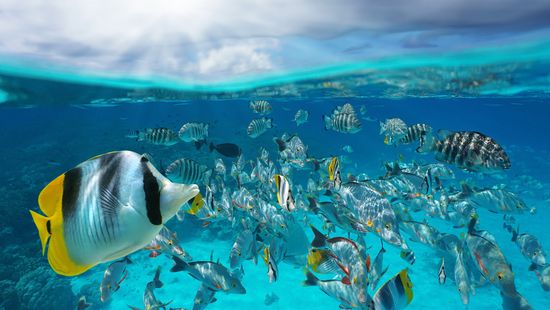
What Is a Group of Fish Called? Not Always a School
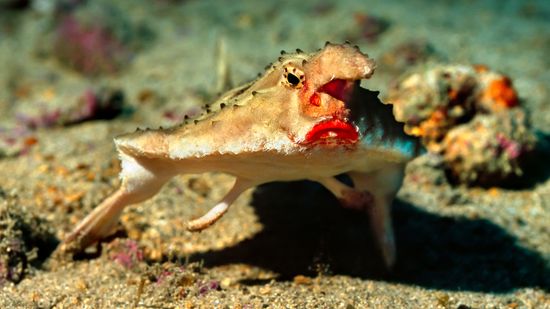
10 Weirdest Fish in the World: Batfish, Hairy Frogfish, and More
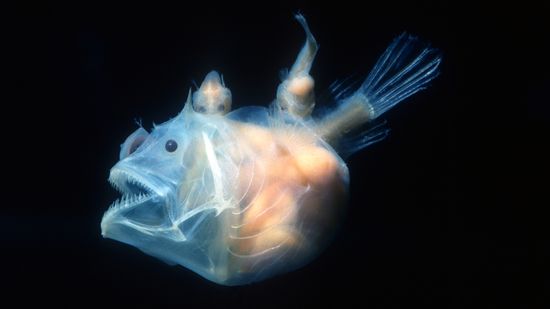
10 Scariest Fish Lurking in Rivers, Deep Ocean Waters, and Shells

What Is a Group of Ferrets Called? You're Such a Busybody
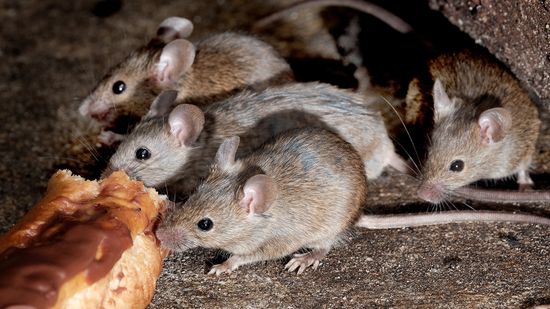
What Is a Group of Mice Called? Not Always a Colony
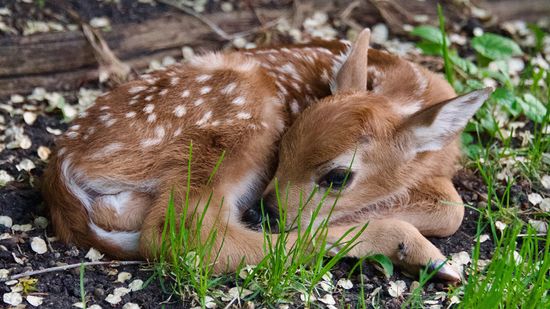
What Is a Baby Deer Called? (Aside From Adorable)
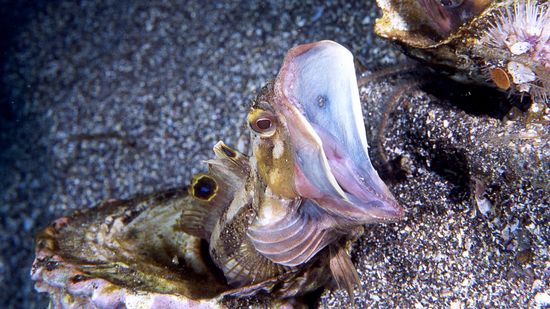
10 of the Scariest Sea Creatures Lurking in the Ocean's Depths

How Bioluminescent Jellyfish Get Their Signature Glow

White Spotted Jellyfish: Cute Until They Become Invasive
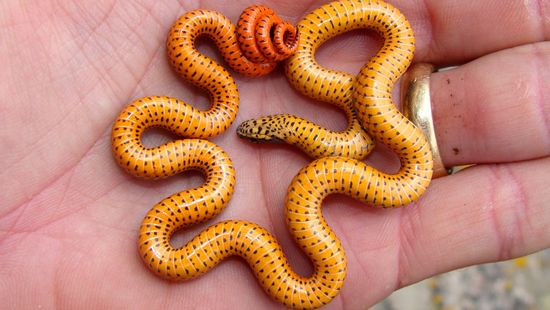
10 Cutest Snake Species That Have Us Squeeing

10 Colorful Lizards to Delight Reptile Lovers
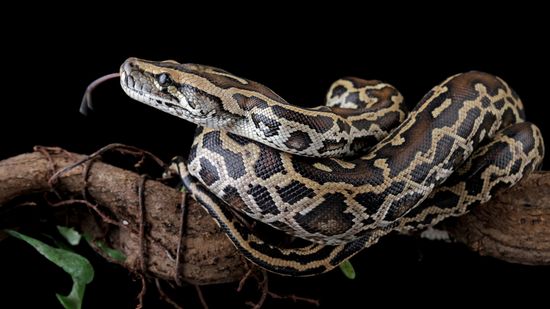
Python vs. Anaconda: Comparing Snakes and Software Languages
Learn More / Page 31
Shark shocker! This 'virgin birth' is the first example of a shark switching from sexual to asexual reproduction.
House cats seem to love chasing laser pointers. But what about their larger, wilder cousins?
If you look outside your window right now, you'll probably see one running up a tree or checking you out. How did the squirrel get so commonplace?
Advertisement
Ring-tailed lemurs - perhaps the most iconic species on the tropical island of Madagascar - are in significant decline due to habitat loss, hunting and illegal capture.
Zookeepers in Europe feed their elephants surplus holiday foliage, giving the animals a treat they both eat and play with.
Turns out that strange sound may be minke whales getting vocal in the deep ocean.
Turns out the reboot of 'Planet of the Apes' got one thing right - it's the brains monkeys lack, not the anatomy.
Advertisement
Scientists have discovered for the first time that animals pollinate flowers in the ocean.
By Alia Hoyt
It turns out that one of the world's most enchanting animals has even stronger superpowers than we previously knew. Surprise!
Yes, these nocturnal mammals can fly faster than our most beloved speedy birds. And they beat the record by a long shot.
In the past decade, several two-headed shark fetuses have been discovered. Is there something going on in the oceans we should know about?
Advertisement
Thanks to new technology, researchers have discovered that the common swift flies 10 months a year without landing, setting a world record for uninterrupted time aloft.
And its special endowment is not the thing that intrigues scientists the most.
In a state already teeming with pythons, tourists and Jimmy Buffett singalongs, the flesh-eating screwworm makes Florida a little more menacing.
In research that showed intentional expressions of desire, horses have been added to the short list of animals that can use symbols to communicate with humans.
Advertisement
New fossil analysis illuminates the evolution of the modern American gator species, and why it may prefer freshwater sources - like your local golf course.
The most popular lady macaques show us why nitpicking pays off.
Can you tell one species of giraffe from the next? We've got some pics to help you out.
Think science has sharks all figured out? Think again. We still have so many unanswered questions about the aquatic marvels.
Advertisement
Thanks to the work of conservationists, these rare California island foxes have been removed from endangered species list and marked totally recovered.
A Massachusetts fisherman recently caught a blue lobster, which had us wondering how rare this crustacean really is.
Western Australia Museum is hosting a naming contest for this fascinating new nudibranch species.
The cuddly cubs were born in the same zoo that experienced disastrous flooding in 2015.
Advertisement
Why do turtles have shells is the kind of question a kid would ask. But the answer is surprisingly complicated.
For some horses and ponies, Diet Coke can be a literal lifesaver.
